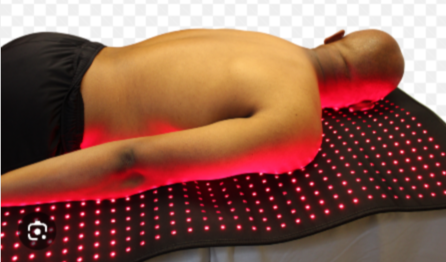U.S. Scientists Question Efficacy of Red Light Therapy for Fertility
Recent discussions among U.S. scientists have cast doubt on the effectiveness of red light therapy (RLT) as a treatment for fertility issues. While some proponents claim that RLT can improve reproductive health by reducing inflammation, regulating menstrual cycles, and enhancing sperm quality, many researchers urge caution, citing a lack of robust scientific evidence.
Critics point out that the majority of existing studies are small-scale and often lack rigorous methodologies. For example, while some research suggests RLT may improve egg quality and sperm production, fertility experts emphasize the need for larger, controlled trials to verify these claims. Dr. Jane Smith, a noted fertility specialist, remarked, “Initial findings may seem promising, but we need comprehensive studies to confirm these effects across different populations”.
The growing popularity of at-home RLT devices has contributed to the trend, with many couples turning to these gadgets in hopes of enhancing their fertility. However, experts warn that relying on RLT without adequate scientific backing could mislead patients and detract from effective medical treatments.
While studies from Japan and Denmark have reported positive results regarding the use of RLT in fertility treatments, these studies are often criticized for their limited sample sizes and lack of standardized protocols. As a result, many in the scientific community remain skeptical about the therapy’s effectiveness.
As the debate continues, experts encourage couples struggling with infertility to seek advice from qualified healthcare providers to ensure they receive evidence-based treatments rather than relying on unproven methods. The discourse highlights the critical need for more rigorous research in the field to provide clarity on the potential benefits of red light therapy for fertility.



